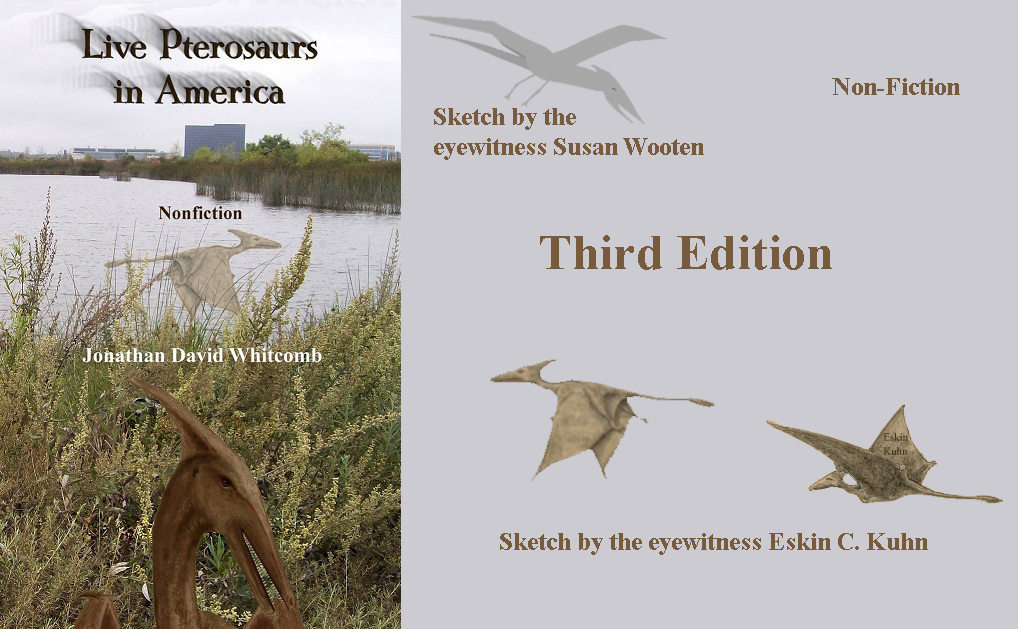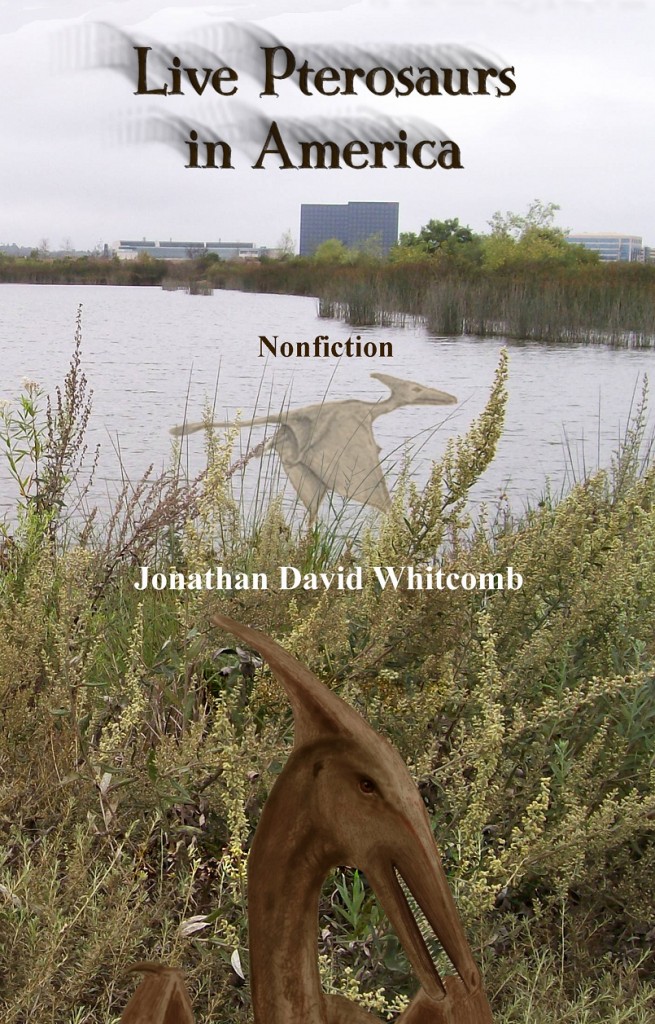On occasion I encounter the idea that people see apparent pterosaurs because of some residual instinct that we have inherited from our distant ancestors who lived at the time of pterosaurs (many “millions” of years ago), an instinct that helped them survive by avoiding being caught by pterosaurs.
How feeble is this evolutionary reasoning! How easily debunked is this explanation for sightings of apparent living pterosaurs! Do we, as humans, have an ancient ingrained fear of ancient pterosaurs? Think of how that could have come about. Notice the flaws in reasoning. Any one of the following at least counts against that speculation, taking the assumption that all pterosaurs have been extinct for many millions of years. Most of the following points destroy that speculation.
Before proceeding, we need to consider what is entailed by this speculation: Ancient “ancestors” of humans were threatened by large pterosaurs, so those “pre-humans” developed, through “selective evolution” a fear of the form or shape of a pterosaur. A critical point in this speculation is that a fear-response was supposed to have given some of the “pre-humans” an advantage in survival.
- If our ancestors developed an evolved fear of seeing the form of a pterosaur, why would that fear remain in our brains for millions of years when pterosaurs were extinct?
- Why do some eyewitnesses of modern pterosaurs experience no fear during their sightings?
- Why do some sightings involve multiple eyewitnesses who describe the same form and features of what they saw?
- Where are the scientific tests that show that humans in general have a fear of the form of a pterosaur?
Evolution Speculation and Extinction of Pterosaurs
The first point alone destroys the speculation: that humans occasionally see something that they think is a pterosaur but isn’t really a pterosaur because those persons have an ancient fear-trigger that came from human ancestors who were sometimes preyed upon by pterosaurs. Even if our ancestors covered this planet anciently with billions of their kind, for millions of years, and developed (through evolution) a fear of anything that looked like a pterosaur, why would our ancestors have retained that fear for millions of years of evolution when all pterosaurs were extinct? It’s too ridiculous to consider.
Some Eyewitnesses Experience no Fear
I often receive an email from an eyewitness who had no fear when observing an apparent pterosaur. Descriptions of the flying creature are quite similar to descriptions from eyewitnesses who were afraid of the flying creature observed. This alone destroys the conjecture about ancient human instinct-response to an image of a pterosaur.
Multiple Eyewitnesses to a Pterosaur
Some deeply hidden institive fear of a form of a pterosaur, assuming that were possible, would not be nearly enough to cause two or more humans to simultaneously hallucinate (or misidentify a non-pterosaur bird or bat), thinking that they had observed the form of a pterosaur.
Scientific Test
When has any scientific test been done to show that humans have an instinctive fear of the form of a pterosaur? It would have to be done on persons who had NOT been raised in traditions in which dragons were supposed to be fearsome—that eliminates many persons in many cultures. I doubt such a test has ever been done.
A mathematical simulation of population growths, showing the fallacy of the origin philosophy of Charles Darwin: Small simple organisms cannot evolve into complex organisms BECAUSE natural selection PREVENTS those potential changes from actually taking place.
Fiery Flying Serpent of the Bible
Consider some problems with the “snake” interpretation. In our modern technical world, we are struck by an ancient Hebrew phrase. “Fiery flying serpent,” . . .





